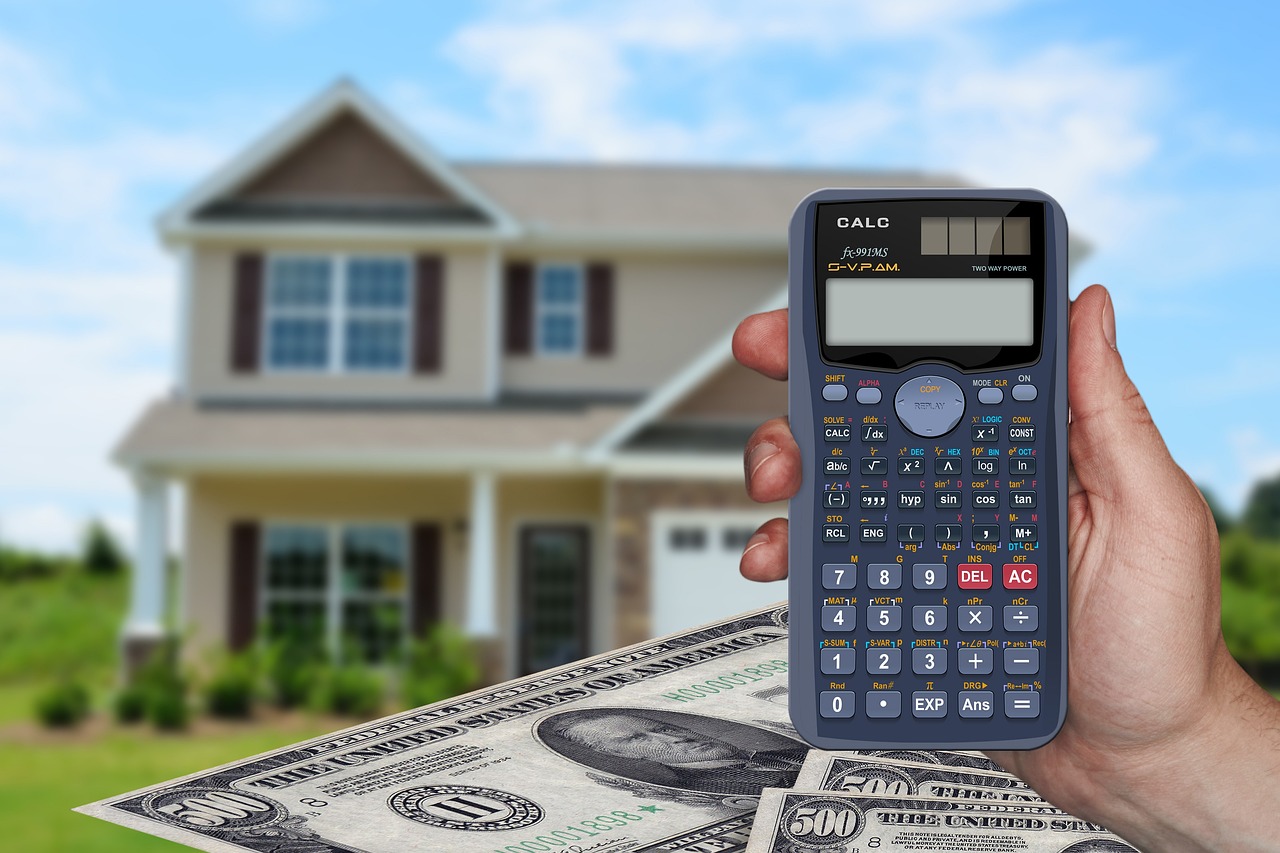Understanding Home Value: A Practical Valuation Guide
Learn what determines a home's market value and how professionals estimate it. This practical guide covers supply-and-demand drivers, interest rates, CMAs, cost and income approaches, AVMs and appraisals, plus smart upgrades and online tool limitations to help buyers, sellers, investors, and homeowners make informed decisions about renovations, refinancing, or selling.

Understanding Home Value: A Practical Valuation Guide
Knowing a property’s worth is vital whether you are buying, selling, refinancing, investing, or planning renovations. Home value is the result of many interacting factors — from macroeconomic trends to neighborhood appeal and the condition of the house itself. This guide explains the main influences on price, the valuation methods professionals use, the appraiser’s role, practical ways to add equity, and the strengths and limits of online estimators.
What drives property prices
Home values are shaped by broader market forces and local characteristics. Key influences include:
- Supply and demand: When available homes are scarce and buyer interest is strong, prices typically rise. Conversely, an oversupply of listings can push prices down.
- Interest rates: Mortgage rates determine borrowing costs. Higher rates reduce purchasing power and usually soften prices; lower rates expand affordability and can lift demand.
- Local economy and jobs: Areas with expanding employment, rising wages, and business investment tend to see stronger property appreciation.
- Neighborhood quality: Good schools, low crime, access to public transit, parks, and retail all increase desirability. Planned infrastructure or commercial projects can also affect future value.
Context matters — national trends influence markets, but neighborhood-level conditions and timing often determine the final price for a specific property.
Common professional valuation techniques
Real estate professionals and licensed appraisers use established approaches to arrive at a defensible value. The primary methods are:
- Comparative Market Analysis (CMA): The most common method for residential sales. A CMA compares recently sold, similar properties (comps) and adjusts for differences like size, condition, lot, upgrades, and layout to estimate a market price.
- Cost Approach: This calculates the expense to replace or reproduce the property at current costs, then subtracts depreciation for wear, age, or functional obsolescence. It’s useful for new builds or unusual properties with few comparable sales.
- Income Approach: Used mainly for rental or investment properties. This method values a property based on its expected net operating income and the capitalization rate typical for that market.
- Automated Valuation Models (AVMs): Algorithm-driven estimates that analyze public records, recent sales, and property attributes to produce quick values. AVMs are helpful for ballpark figures but can miss recent renovations, unique features, or very local market shifts.
Most professionals combine these methods or prioritize the approach best suited to the property type and available data.
What appraisers do
Appraisers provide independent, credentialed opinions that lenders and courts often rely on. During an appraisal the professional will:
- Inspect the property to document condition, features, and updates.
- Research comparable sales and current market activity.
- Apply valuation approaches, reconcile differing indications of value, and produce a report explaining the reasoning and data.
A thorough appraisal gives lenders confidence for underwriting and helps buyers and sellers negotiate from an informed position.
How homeowners can increase value
Not every improvement returns the same profit, but the following steps commonly improve marketability and resale price:
- Targeted renovations: Kitchens and bathrooms generally offer strong returns. Focus on durable materials, modern fixtures, and neutral styling that appeals to a broad pool of buyers.
- Energy efficiency: Upgrading insulation, replacing old appliances with ENERGY STAR models, or adding solar panels can reduce operating costs and attract eco-conscious purchasers.
- Curb appeal: First impressions matter. Simple landscaping, a fresh coat of paint, repaired siding, and a tidy entryway elevate perceived value.
- Routine maintenance: Address leaks, roof issues, or aging mechanical systems. Buyers discount properties with deferred maintenance, so keeping systems in good repair preserves value.
- Smart, market-aware improvements: Research what buyers in your neighborhood want. Over-improving relative to similar homes can limit your return on investment.
Online estimators and their limits
Many websites provide instant estimates, which are useful starting points but have limitations.
| Website | Features | Accuracy Level |
|---|---|---|
| Zillow | Zestimate, property facts, price trend graphs | Moderate |
| Redfin | Instant estimate, recent comps, market insights | Moderate to High |
| Realtor.com | Home value tool, neighborhood metrics, price history | Moderate |
| HomeLight | Value estimator, agent matches, market analysis | Moderate to High |
Prices, rates, or cost estimates mentioned in this article are based on the latest available information but may change over time. Independent research is advised before making financial decisions.
AVMs rely on available public data and statistical models, so they can miss recent upgrades, distinctive architectural elements, or very small, fast-changing local markets. For critical financial choices like listing a home, refinancing, or buying an investment property, obtain a local CMA or a licensed appraisal.
Bringing it together
Use online tools for a quick estimate and market-trend context, but rely on CMAs and appraisals for transaction-level accuracy. Focus renovations on high-impact areas, maintain the property to avoid buyer discounts, and keep an eye on interest rates and local economic indicators. Whether you are a first-time buyer, an investor, or a homeowner assessing equity, understanding valuation methods and market drivers will help you make better decisions and protect your investment over time.






